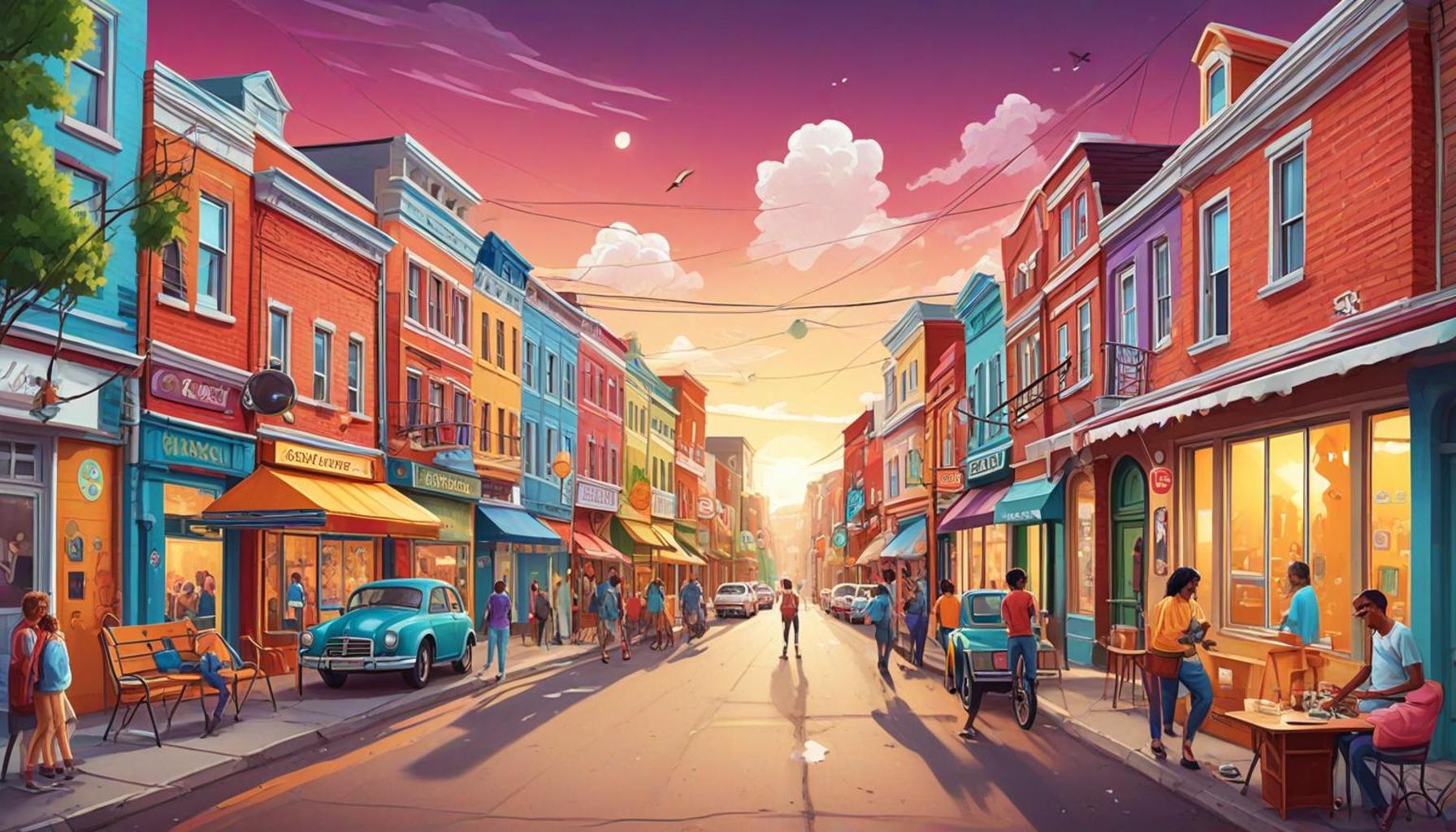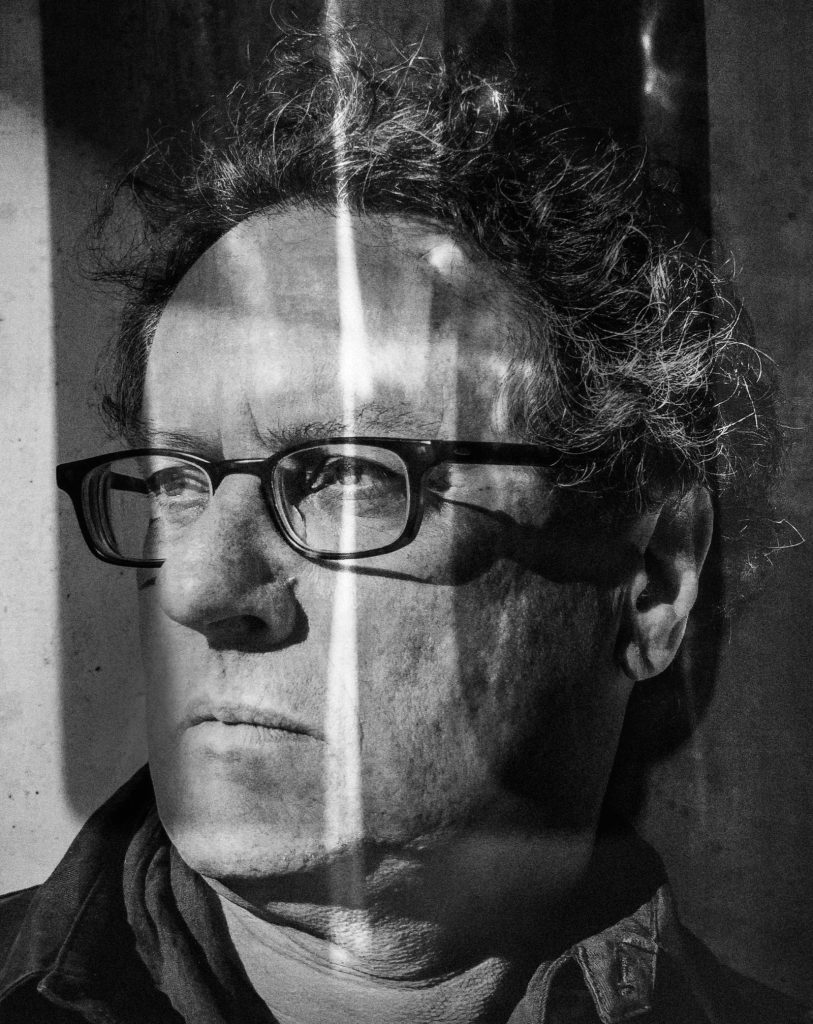Community Photography: Capturing Local Stories and Identities

Exploring the Depths of Community Photography
Photography has long been recognized as a compelling medium for storytelling, but community photography elevates this notion by amplifying collective identities over individual narratives. This dynamic art form delves deeper, capturing the nuances of local cultures and shared experiences that define a community’s character.
For instance, the varied regions across the United States offer a treasure trove of unique identities depicted through photography:
- Urban Landscapes: In cities like New York and Chicago, photographers navigate the energetic streets filled with skyscrapers and bustling crowds. They capture the whirlwind of life during rush hour, but also seek out serene corners in Central Park or quiet cafés in Logan Square. This juxtaposition of chaos and tranquility invites viewers to appreciate the multifaceted nature of urban existence.
- Rural Charm: Areas such as Appalachia and the Midwest present breathtaking landscapes that photographers immortalize—the rolling hills of Kentucky, dotted with rustic farmhouses or the golden fields of wheat in Kansas. These images tell stories of hard-working farmers, resilient families, and long-held traditions that connect generations, portraying not only the natural beauty but also the indomitable spirit of rural life.
- Cultural Festivals: Unique events, like Mardi Gras in New Orleans and the myriad Pow Wows celebrated across Native American communities, offer vibrant, evocative imagery steeped in tradition. These festivals showcase elaborate costumes and communal gatherings, serving as emotional touchstones that visually narrate the rich cultural fabric of diverse populations within the United States.
These visual narratives do more than please the eye; they embody the stories that shape our communities. Community photography invites residents to actively engage in capturing their own experiences, creating a personal yet collective dialogue that fosters deeper connections to their environments. Such participation allows individuals to share their stories, enriching the visual tapestry of a community with diverse voices and experiences.
Whether through organized photo walks where locals showcase their neighborhoods or community exhibitions that highlight these captured moments, the influence of photographers in telling these local stories is paramount. Their skills become tools for social change and cultural enrichment, emphasizing the importance of preserving community narratives for future generations.
Ultimately, the lens used in community photography not only depicts what is seen, but also what is felt, bridging gaps and fostering understanding among diverse backgrounds through visual storytelling.

DIVE DEEPER: Click here to discover how art can enhance your life
The Role of Community Photographers in Documenting Local Narratives
Photographers who engage in community photography possess the unique ability to transform everyday moments into profound visual narratives that resonate with both local residents and broader audiences. This form of art does not merely capture images; it preserves the essence of identities, traditions, and communal challenges. By actively involving the community in the process, these photographers not only serve as storytellers but also as collaborators, fostering a sense of ownership over their cultural expressions.
Community photography often involves a direct engagement with subjects, allowing photographers to explore the deeper connections that bind individuals to their surroundings. Additionally, professional photographers and enthusiastic amateurs alike can utilize various platforms—social media, local exhibitions, and community events—to showcase their work. This not only boosts visibility for often undiscovered narratives, but it also encourages a shared sense of pride among residents.
Key Elements that Define Community Photography
Several integral components contribute uniquely to the field of community photography, enabling it to thrive and evolve. Noteworthy elements include:
- Inclusivity: Community photography aims to present diverse perspectives by including voices from all segments of the population. This inclusivity fosters representation and enhances dialogue among different cultural groups, allowing for a richer context of local identity.
- Collaboration: The collaborative nature of community photography fosters relationships between photographers and subjects, yielding authentic representations of people and places. Participants are often encouraged to contribute their own narratives, sharing their personal stories and experiences, further deepening community ties.
- Empowerment: By engaging community members in the storytelling process, photographers empower individuals to reclaim their narratives. This empowerment can be transformative, especially in marginalized communities where voices may have been historically overlooked.
- Education: Community photography initiatives often incorporate educational components, providing workshops and training for aspiring photographers. This investment in local talent not only develops skills but also cultivates a community ethos centered around creative expression.
Importantly, the impact of community photography extends well beyond the images captured. They serve as a reflective mirror, showcasing enduring histories, local challenges, and collective aspirations. These images can initiate conversations about social issues—such as inequality or environmental concerns—inviting engagement and action from both the local community and external audiences.
In essence, community photography functions as a dynamic vehicle for cultural expression and social change, making it an indispensable tool for understanding the complex tapestry of local identities. Each photograph encapsulates a fragment of history and identity that can inform future generations about the inherent value and diversity of their communities.
Unpacking the Essence of Community Photography
Community photography serves as a powerful medium to document local narratives and highlight diverse identities. By harnessing the talent of local photographers, communities can preserve and share their unique stories. This storytelling approach fosters a sense of belonging and connection among residents, as they see their lives reflected in the art.
Moreover, community photography is not just about capturing images; it actively promotes participation and engagement. Local initiatives often invite community members to contribute their perspectives, leading to a richer, more inclusive representation of the area’s culture and history. Each photograph serves as a testament to the strength of communal ties, thereby enhancing social cohesion.
Let’s delve into some specific advantages of this artistic approach through the following table, which categorizes key benefits of community photography:
| Impact on Community | Emotional Resonance |
|---|---|
| Fosters Community Bonding | Evokes Pride and Belonging |
| Promotes Local Talent | Captures Personal Stories |
This structured approach to community storytelling through photography not only enriches the cultural fabric but also invites broader participation, creating an inviting platform for individuals to share their voices. The artistry of community photography truly lies in its ability to bring people together, weaving their experiences into a shared visual narrative.
DISCOVER MORE: Click here to learn how to unlock your potential
The Impact of Community Photography on Cultural Awareness
As community photography takes root in various neighborhoods, it becomes a powerful tool for cultural awareness and social cohesion. This visual art form not only highlights the rich tapestry of experiences within a locale but also promotes understanding and empathy among residents. In an era where cultural narratives can be overshadowed by broader media coverage, community photography serves as a remedy, illuminating the unique stories that often remain untold.
One illustrative example of community photography’s impact can be seen in cities like Detroit, Michigan, where local photographers capture the resilient spirit of their communities. The Detroit Community Photography project engages residents by encouraging them to share images of their neighborhoods and daily lives. This grassroots initiative not only presents a counter-narrative to the often-negative portrayals of post-industrial landscapes but also cultivates pride among participants. Through the lens of their own cameras, individuals express their identities and reshape the prevailing narratives surrounding their communities.
Nurturing Interconnectedness Through Visual Storytelling
The interconnectedness fostered by community photography is further amplified in collaborative exhibitions that showcase local talent. Such collective displays create a sense of belonging and draw attention to shared cultural experiences. Programs like the Luminale project in Philadelphia not only highlight photographic work but also incorporate sound installations and public performances, producing a multidimensional representation of local culture. These events serve as dynamic platforms for celebrating diversity, bridging gaps between different demographic groups, and encouraging dialogue that transcends socio-economic divides.
Moreover, community photography helps forge connections between local artists and global audiences. Platforms like Instagram and community-focused websites allow photographers to share their narratives and experiences, leading to a virtual exchange with viewers from diverse backgrounds. This interconnectedness promotes a mutual understanding of different cultural contexts and encourages constructive conversations around issues such as systemic injustice, environmental sustainability, and identity crises.
Challenges and Opportunities in Community Photography
Despite its many benefits, community photography is not without challenges. One significant obstacle is ensuring genuine representation without falling into the trap of voyeurism or exploitation. Ethical concerns regarding consent and the portrayal of vulnerable communities must be considered. Photographers must tread carefully, always prioritizing the dignity of their subjects and the authenticity of the stories being told.
Integrating educational workshops can mitigate these issues while empowering community members. A growing number of organizations are offering training programs aimed at teaching skills in both photography and storytelling. For instance, the nonprofit organization “PhotoVoice” provides community members the tools needed to document their experiences and advocate for policy changes through visual evidence. By equipping locals with the necessary expertise, such initiatives pave the way for a more thoughtful, inclusive approach to community photography.
In addition, funding remains a substantial hurdle for many projects. Seeking support from local businesses, grants, or crowdfunding platforms can facilitate the sustainability of community photography initiatives. Innovatively conceived partnerships with existing arts organizations can acquire increased visibility, allowing for broader reach and engagement.
As the field of community photography continues to evolve, it remains an essential medium for documenting and interpreting local stories. By capturing the rich identities, histories, and challenges faced by communities, photographers contribute to an ongoing dialogue that fosters unity and resilience in an increasingly fragmented world.
DISCOVER: Click here to learn more
Conclusion: The Transformative Power of Community Photography
Community photography stands as a vital instrument for illuminating the narratives and identities that shape our neighborhoods. By empowering individuals to document their own stories, this form of visual art transcends simple image-making, becoming a medium for cultural exchange and meaningful dialogue. From Detroit’s resilient neighborhoods to Philadelphia’s multifaceted art scenes, community photography showcases the wealth of experiences that reside within local communities, fostering appreciation and understanding.
Moreover, community-driven initiatives can diffuse challenges associated with representation, ensuring that voices of the unheard are prioritized and respected. Introducing educational programs and workshops invigorates this practice, cultivating a new generation of storytellers capable of tackling complex issues such as identity and social justice through their lenses. This not only enriches the narrative landscape but also promotes a more equitable framework for sharing visual stories.
As we navigate an increasingly interconnected but polarized world, the role of community photography has never been more significant. It reminds us of our shared humanity while providing a platform for marginalized narratives that challenge dominant ideologies. By highlighting local stories, community photography nurtures a sense of belonging, inspiring collective action and appreciation among diverse residents.
As this art form continues to develop, it invites us all—photographers, viewers, and community members alike—to participate in the ongoing conversation about identity and place. Let us embrace community photography not just as an art form, but as a vital thread that weaves together the rich fabric of our unique stories, promoting empathy, awareness, and unity within our communities.
Related posts:
Community Film Club: Strengthening Bonds and Promoting Dialogue Through Cinema
Community Book Club: Promoting Connections and Dialogues Through Reading
How collaborative creativity workshops can transform communities and encourage civic participation
Change Clothes: Building Community Ties Through Sustainable Fashion
Street Dance: Integrating Communities Through Movements and Rhythms
The importance of community art in promoting social connections and strengthening local bonds

Linda Carter is a writer and creative hobbies expert specializing in crafting, DIY projects, and artistic exploration. With extensive experience helping individuals discover their creative potential and bring their ideas to life, Linda shares her knowledge on our platform. Her goal is to empower readers with practical tips, inspiring ideas, and step-by-step strategies for success in the world of creative hobbies.